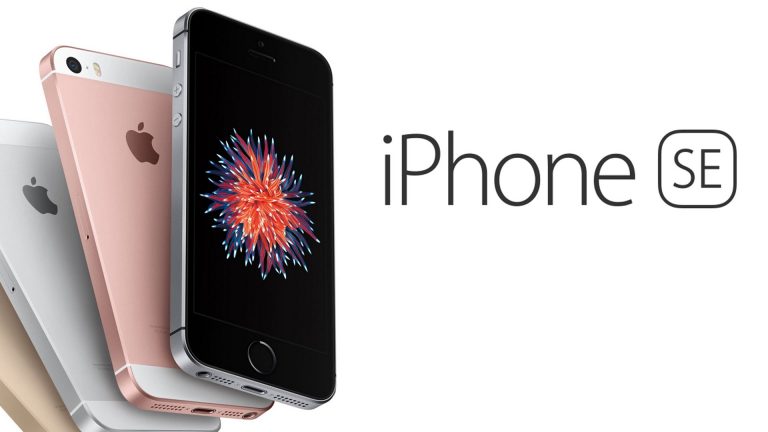
Apple Inc. (NASDAQ:AAPL) has demonstrated its prowess with the iPhone 6 and subsequent handsets but the iPhone SE seems to be taking the crown.
The iPhone SE is the latest handset that Apple has revealed, and its small form factor combined with powerful features is attracting buyers. Critics initially thought that the iPhone SE would not sell very well because the other handsets in the markets were selling very well while the iPhone SE did not stir up much attention at its launch. However, it has proved critics wrong because Apple has run out of iPhone SE stock multiple times, indicating high sales and uptake.
Most customers are particularly interested in some of the color and memory options of the handset such as the 16 GB gray variant. The average wait time is two weeks or more before users can get their hands on it. The 16 GB gray version is available at Apple’s flagship store in Manhattan. So far the sales performance of the iPhone SE has proved that Apple CEO Tim Cook has shown once again that his oversight has generated positive results.
The rising demand for the iPhone SE is good news for the company considering that the handset was quite a gamble for the firm. The iPhone SE was created to attract customers who prefer small handsets, especially those who had refused to upgrade from the iPhone 5S and previous models. Part of the reasons why the SE is performing so well is because Apple included most of the features available in the iPhone 6S meaning the difference between the two is the size of the handset and the hardware. Apple’s gamble with the handset proves that there is still a substantial demography that prefers smaller handsets.
Apple has reported that the shipping delays are not only in the US stores, but it is also affecting the company’s overseas markets. Cook hinted during the company’s latest earnings call that the demand for iPhone SE has been greater than the supply.




